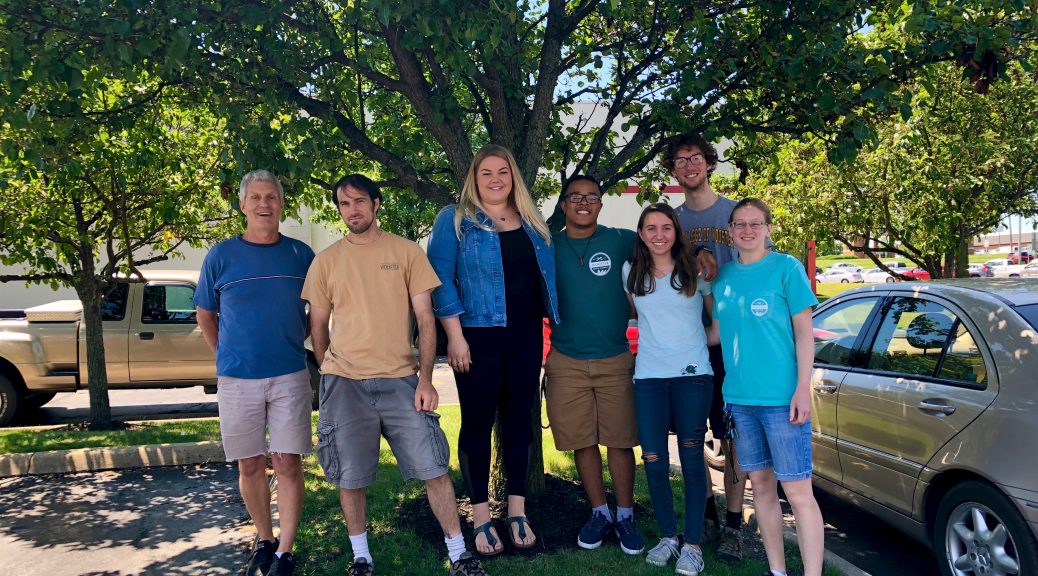A recent publication that includes the Wooster Tree Ring Lab was published in Nature Communications. See this press release from Cambridge University who lead the effort. 
A Field Blog from A Recent National Geographic Grant
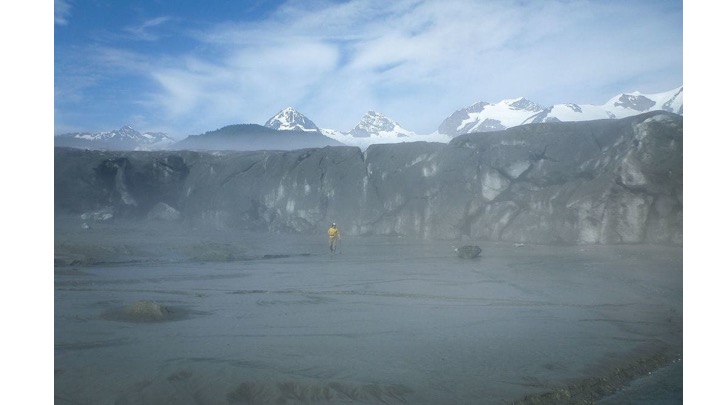
Results of fieldwork in Glacier Bay National Park and Preserve by collaborators from Lamont-Doherty Earth Observatory and University of Alaska – Fairbanks are described here in this excellent blog. This narrative is written by scientist, author and collaborator on the project Lauren Oakes. Lauren is also author of a forthcoming book on Alaska Cedar Decline and Climate.
Tree Corps visits the WTRL
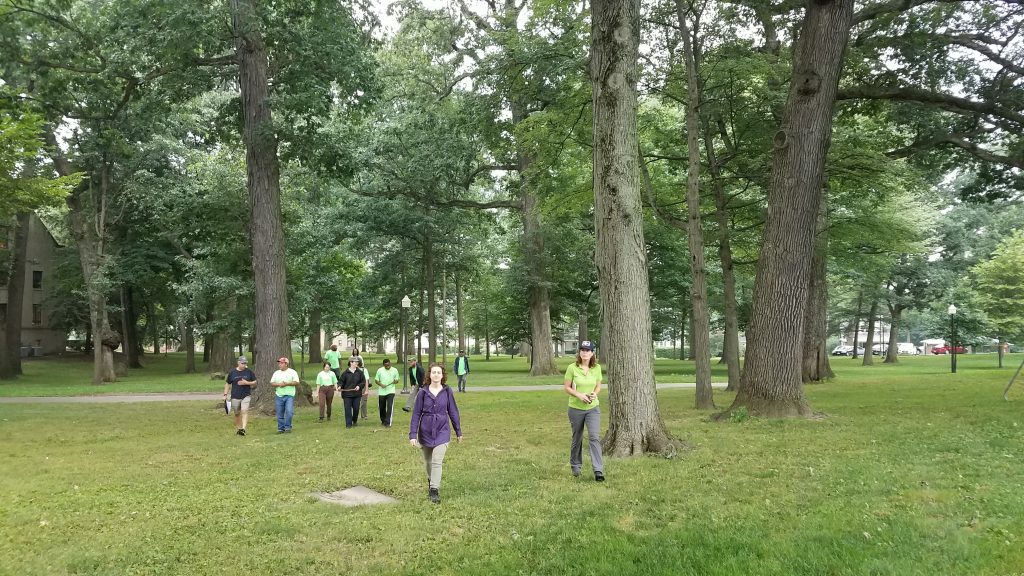
Community Forestry group and Tree Corps – a new program run out of the Holden Arboretum visited the Tree Ring Lab to learn a bit about tree-sampling and the information contained in the tree records.
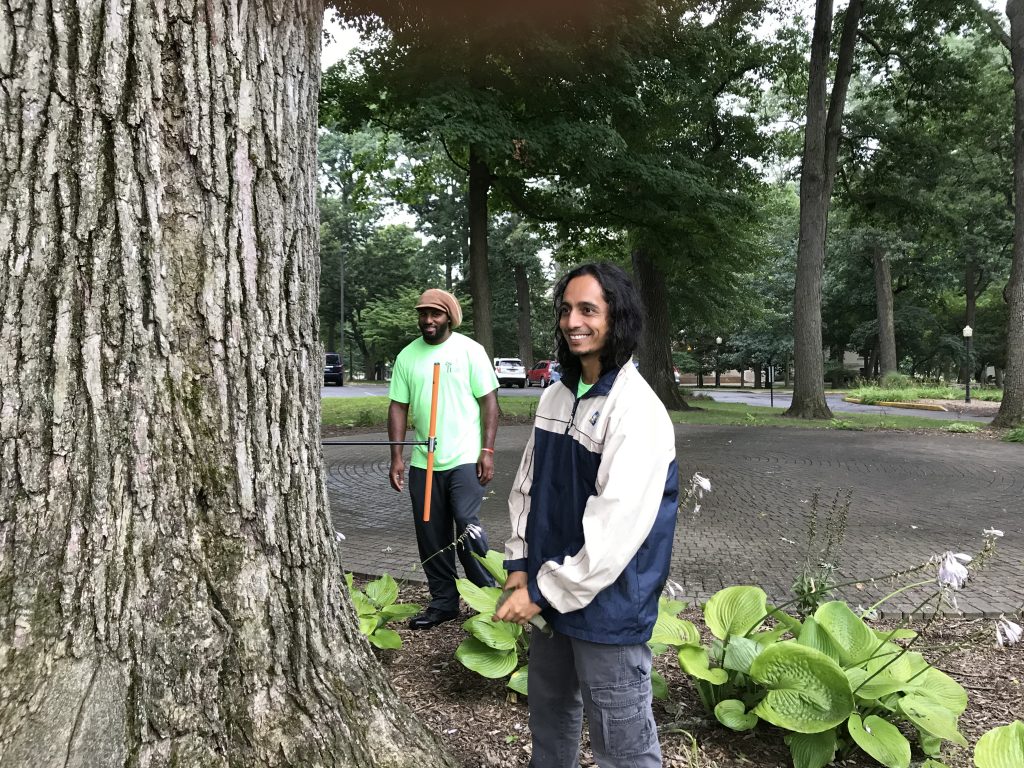
Coring a white oak that is slated for removal – we learned a lot from the group. For example, Volcano munching was a topic of conversation a concept we which were not aware.
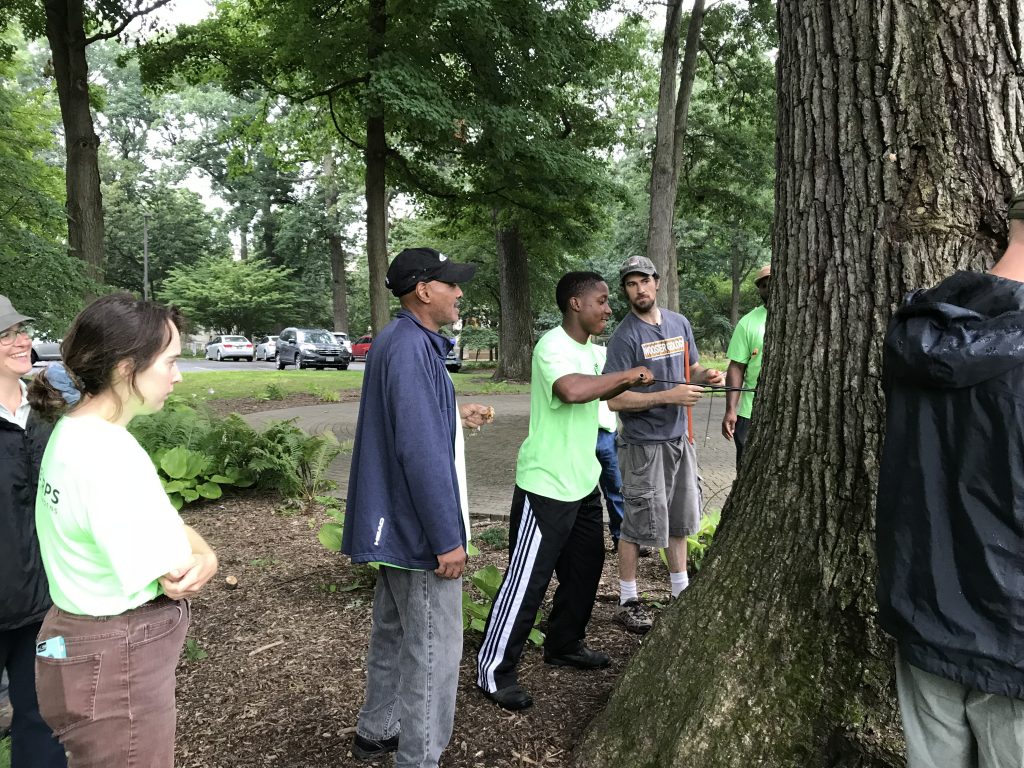
More coring – Nick then took the group to the wood shop and lab.
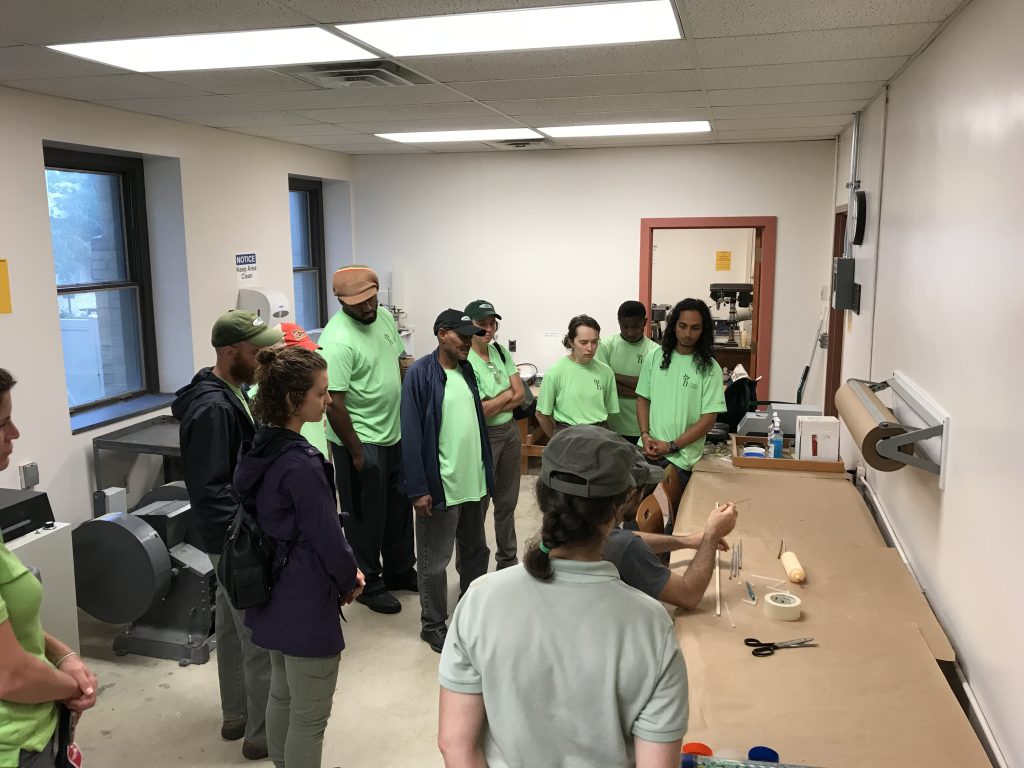
Mounting the cores – we look forward to working with the group next year. The Tree Corp Program in its inaugural year seemed a major success – congratulations.
Concluding 2018 summer research in the Tree Ring Lab
Summer 2018 research in the Tree Ring Lab has come to a close. The group of five students worked on a variety of projects, learning about the climate and history of Ohio and Alaska, and the application of different dendrochronological techniques and statistical analyses. They also gained experience effectively conveying their research to others and writing official reports of their findings.
The summer research team on their last day working together (Left to right: Greg Wiles, Nick Wiesenberg, Victoria Race ’19, Juwan Shabazz ’19, Kendra Devereux ’21, Josh Charlton ’19, and Alexis Lanier ’20).
AMRE students with a sampled oak tree at Brown’s Lake Bog in Wooster, Ohio (Alexis Lanier ’20, Juwan Shabazz ’19, and Kendra Devereux ’21).
The AMRE team accomplished a lot during the eight weeks they were here on campus. Their research started with the principles of dendrochronology, when they learned how to count individual tree rings and measure their widths under the microscopes. From here, the team learned how to run this data in different programs like COFECHA and ARSTAN. This process allowed them to date many historical structures across Northeast Ohio such as Gingery Barn and Miller House and Barn. You can find a full list on the TRL’s reports page.
AMRE students with
Concluding 2018 summer research
Today is the official last day for AMRE researchers here at the Tree Ring Lab. The AMRE team has accomplished many projects these past 8 weeks.
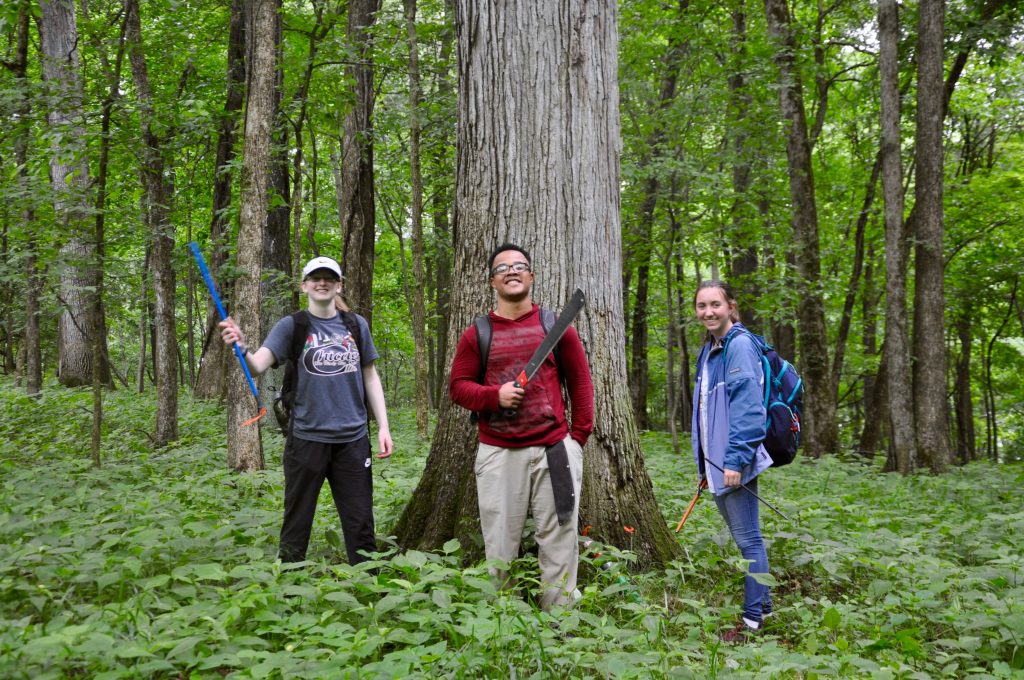
Their research started with the principles of dendrochronology, when they learned how to count individual tree rings and measure their widths under the microscopes. From here, the team learned how to run this data in different programs like COFECHA and ARSTAN. This process allowed them to date many historical structures across Northeast Ohio such as Gingery Barn and Miller House and Barn. You can find a full list on our reports page.
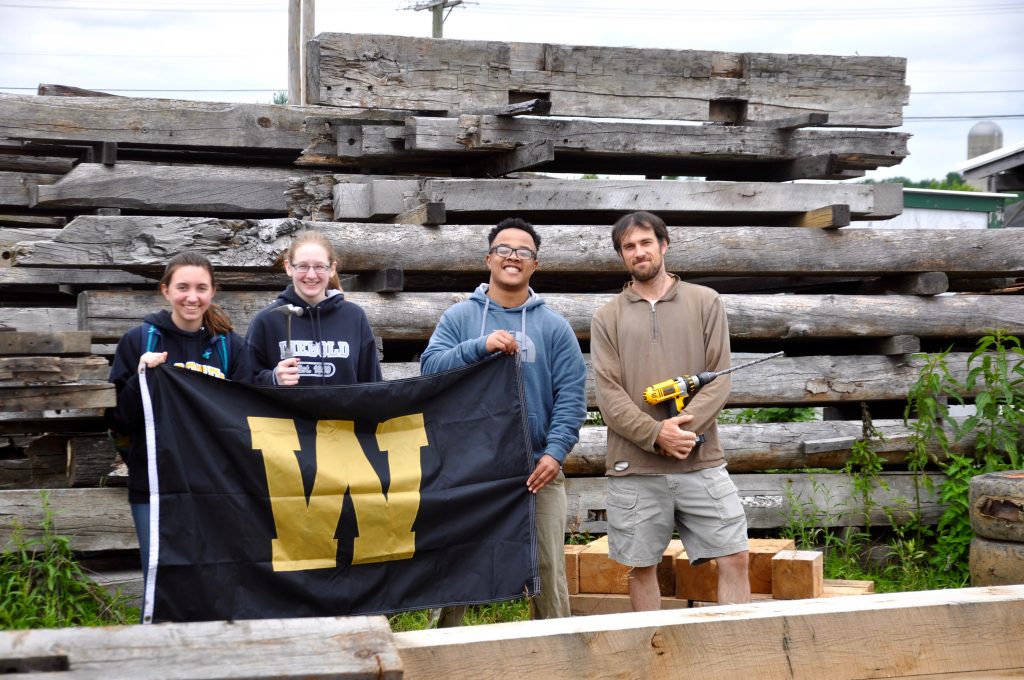
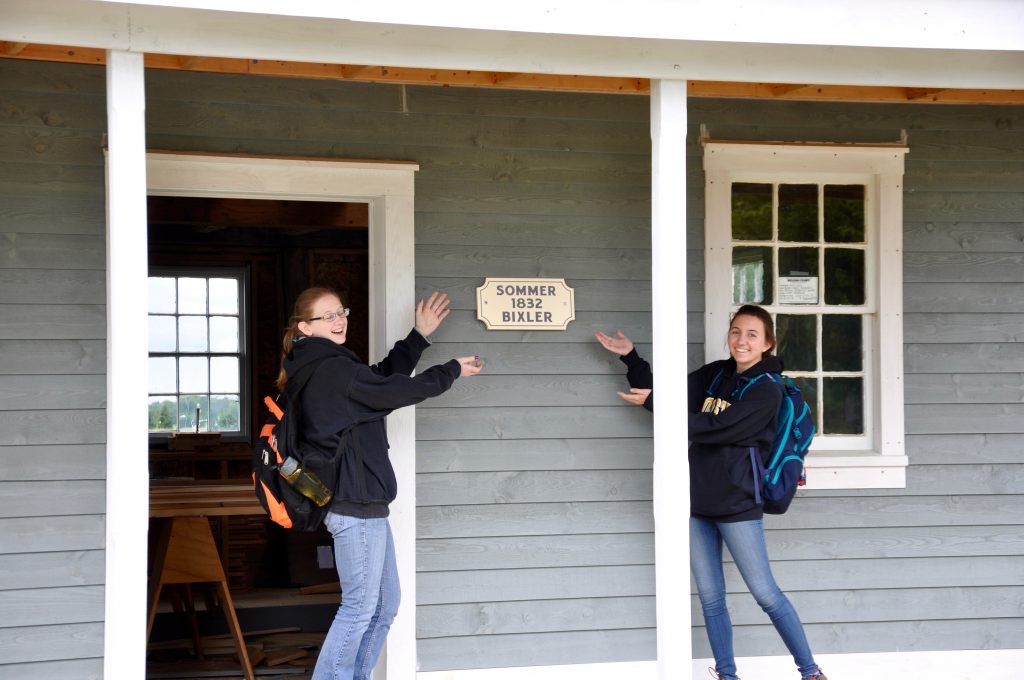
The AMRE students also learned how to take these chronologies and make hypotheses regarding past climate by uploading the data to Climate Explorer and running various correlations with other datasets.
We were fortunate enough to go out in the field and personally collect most of the data that we worked with this summer. These eventful trips included a lot of tree coring and required lots of bug spray. Some of the AMRE group’s favorites trips included Stebbin’s Gulch and Brown’s Lake Bog.
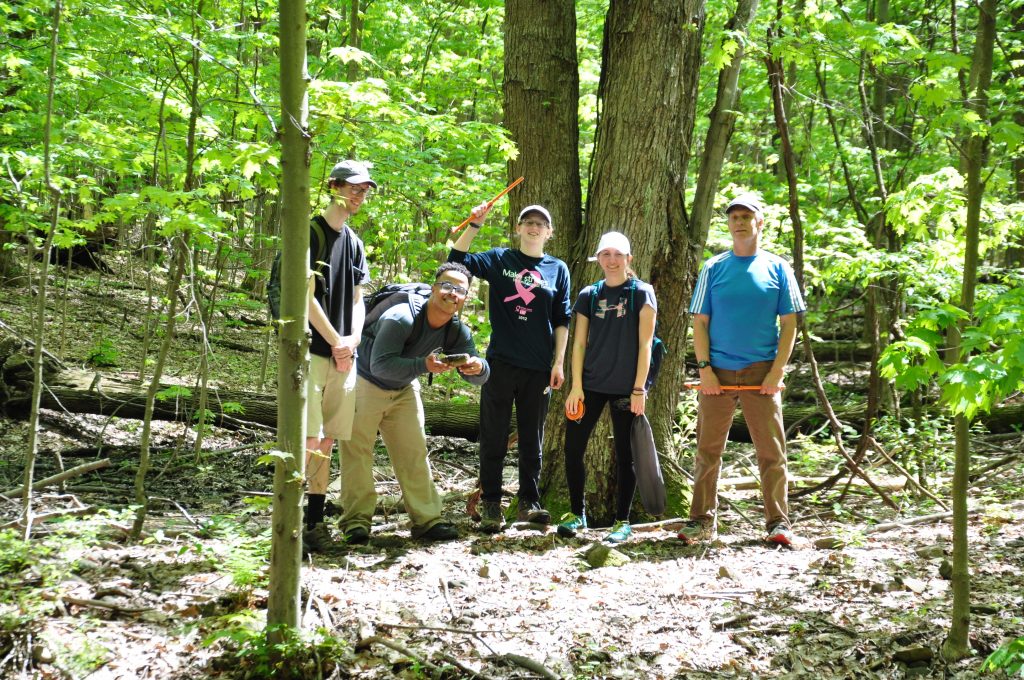
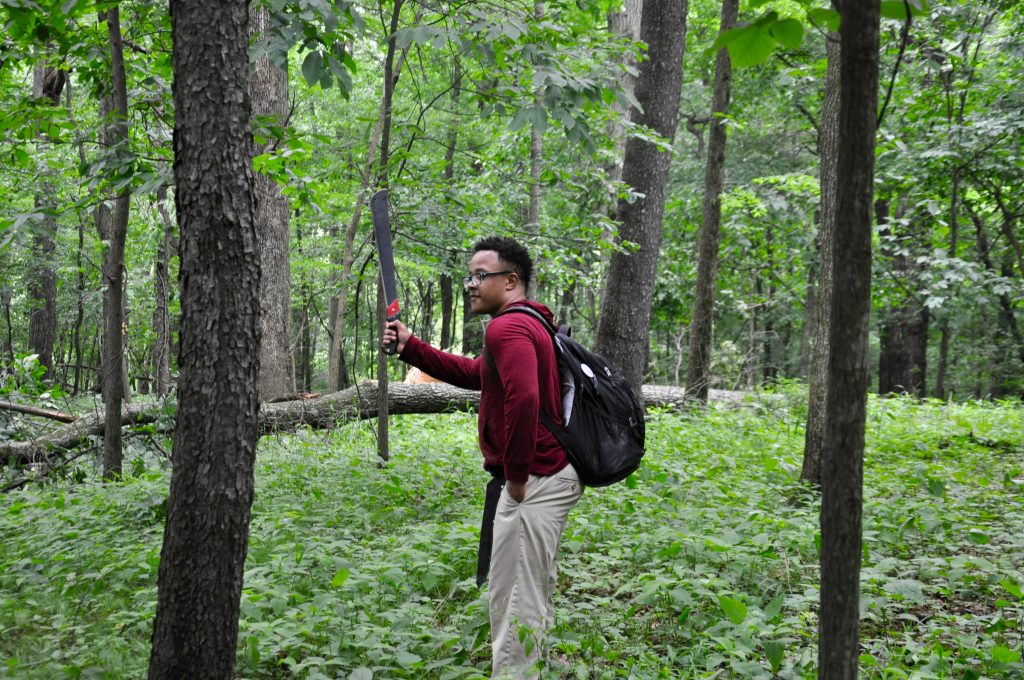
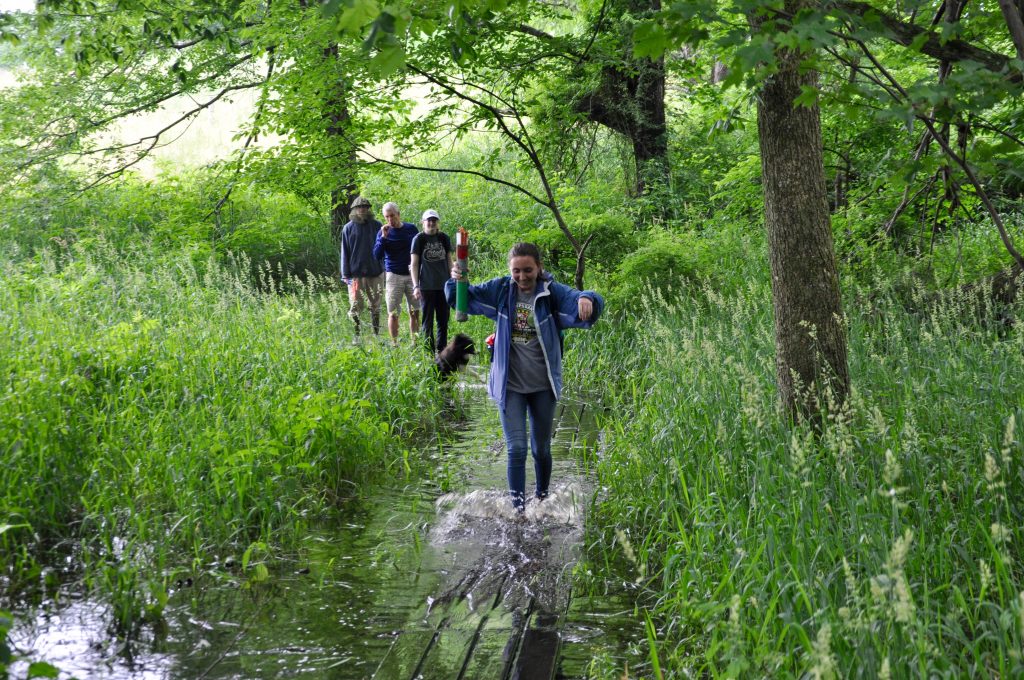
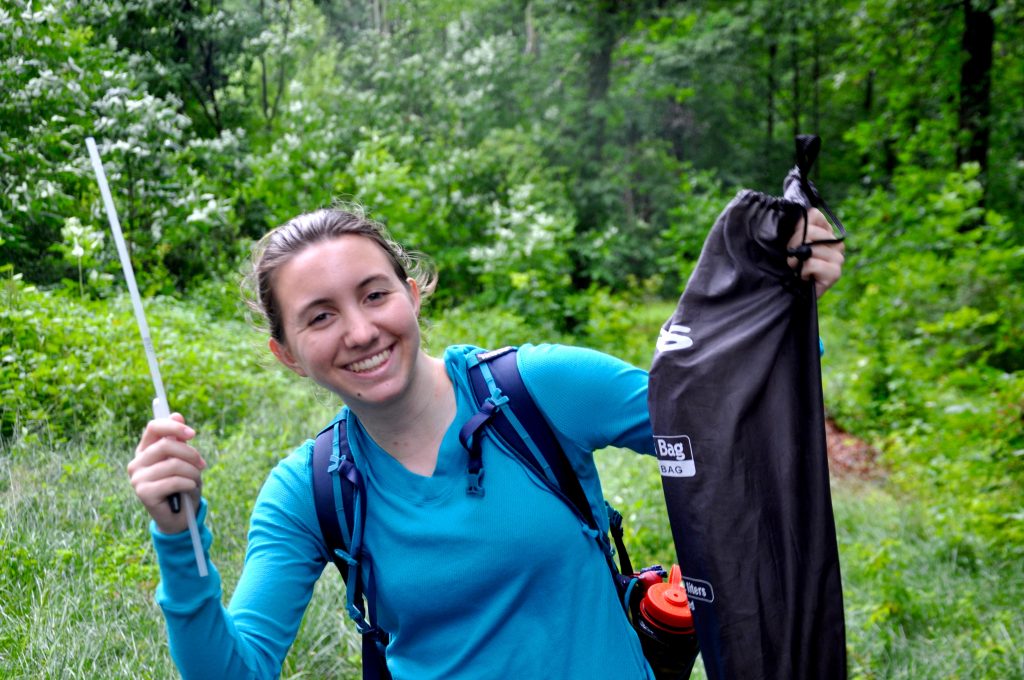
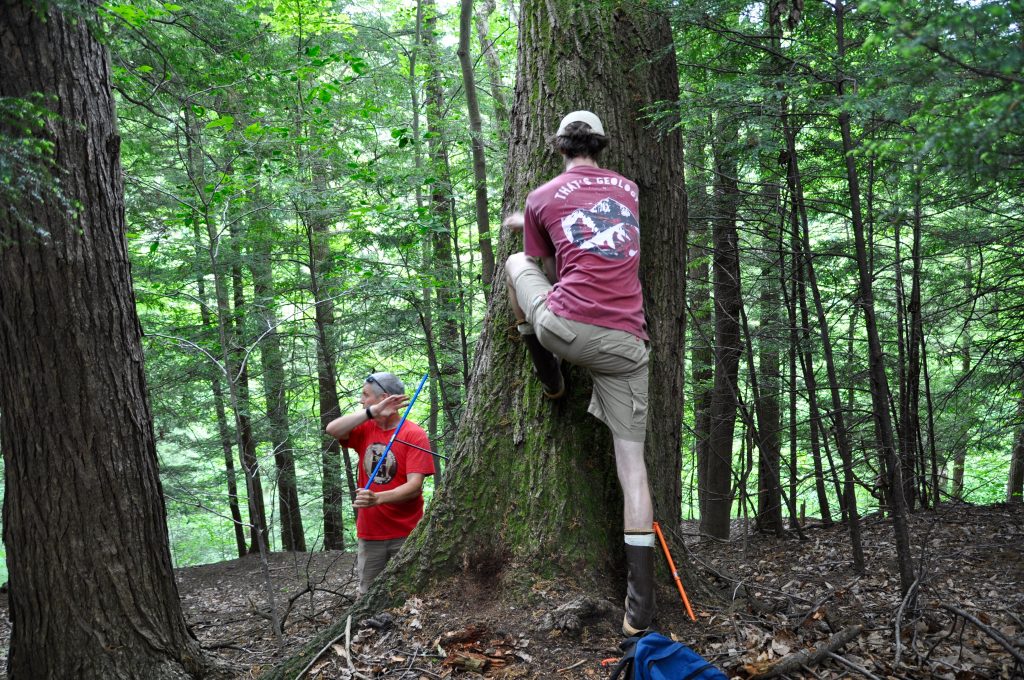
The other two summer researchers working in the Tree Ring Lab this summer, Victoria Race and Josh Charlton, have been working with tree ring data collected from Alaska. Their work focuses on the modeling of Columbia Glacier located in Prince William Sound, Alaska. They are currently working on an abstract to submit to the upcoming GSA conference this fall. Stay tuned for more information regarding their project!
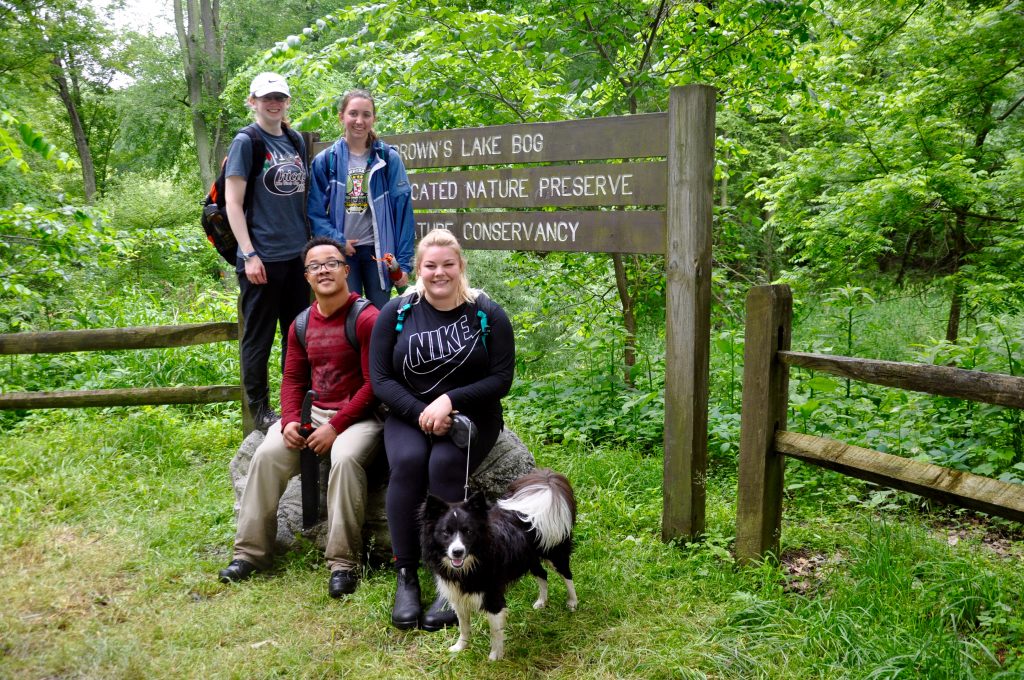
Special thanks to the National Science Foundation, the Sherman Fairchild Foundation and the AMRE program for helping to make this research possible. Enjoy the rest of your summer!

